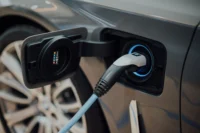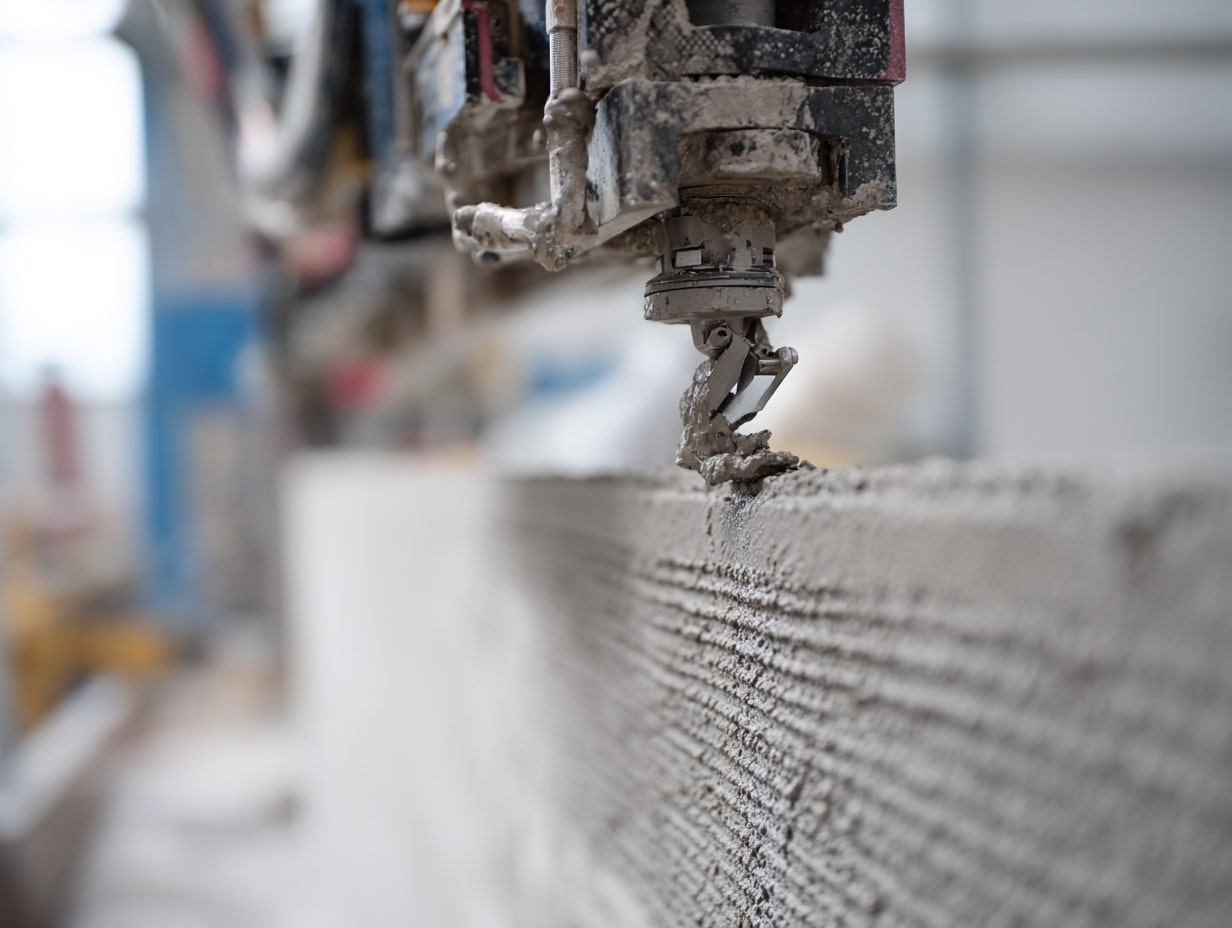- Home
- Articles
- Architectural Portfolio
- Architectral Presentation
- Inspirational Stories
- Architecture News
- Visualization
- BIM Industry
- Facade Design
- Parametric Design
- Career
- Landscape Architecture
- Construction
- Artificial Intelligence
- Sketching
- Design Softwares
- Diagrams
- Writing
- Architectural Tips
- Sustainability
- Courses
- Concept
- Technology
- History & Heritage
- Future of Architecture
- Guides & How-To
- Art & Culture
- Projects
- Interior Design
- Competitions
- Jobs
- Store
- Tools
- More
- Home
- Articles
- Architectural Portfolio
- Architectral Presentation
- Inspirational Stories
- Architecture News
- Visualization
- BIM Industry
- Facade Design
- Parametric Design
- Career
- Landscape Architecture
- Construction
- Artificial Intelligence
- Sketching
- Design Softwares
- Diagrams
- Writing
- Architectural Tips
- Sustainability
- Courses
- Concept
- Technology
- History & Heritage
- Future of Architecture
- Guides & How-To
- Art & Culture
- Projects
- Interior Design
- Competitions
- Jobs
- Store
- Tools
- More
When Was the First Electric Lawn Mower Invented? The Evolution of a Game-Changer in Lawn Care

Lawn mowing has a rich and fascinating history, tracing back to early manual tools and progressing through technological advancements. Understanding the lawn mower history gives us insight into how innovations, such as the electric lawn mower, have transformed lawn care.
The invention of the electric lawn mower revolutionized lawn care, offering a quieter, cleaner, and more efficient alternative to traditional gas-powered models. Lawn maintenance has long been an essential aspect of homeownership, and advancements in technology have continually improved the efficiency of this task. The electric lawn mower, in particular, has provided homeowners with an environmentally friendly and cost-effective solution. But when was the first electric lawn mower invented, and how has it evolved over time? This article explores the history, technological advancements, and impact of the electric lawn mower on modern landscaping, shedding light on how this innovation changed the way we care for our lawns.
Table of Contents
ToggleThe Early Days of Lawn Mowing
Before electric lawn mowers, maintaining a lawn was a labor-intensive task. People primarily used scythes, sickles, and later, push reel mowers. These early tools required significant manual effort and were not always effective in providing an even cut. The first reel mower was invented by Edwin Budding in 1830, designed for trimming the grass on sports fields and expansive gardens. While this invention was a major step forward, it still required physical exertion and was not practical for all homeowners. Over time, various improvements were made to manual mowers, but they remained a physically demanding tool. As urbanization increased and more households desired well-kept lawns, the need for an efficient, low-effort mowing solution became apparent.

The Rise of Motorized Lawn Mowers
As technology advanced, motorized lawn mowers emerged, significantly reducing the effort required to maintain lawns. The first gas-powered lawn mower was invented in 1902 by Ransomes, a British company, and it quickly gained popularity. These early motorized models provided more power than push reel mowers, allowing users to cut grass more effectively and with less effort. However, gas-powered mowers had their drawbacks—noise, emissions, and maintenance concerns—leading to the eventual demand for an electric alternative. The maintenance required for gas engines, including fuel refills, oil changes, and spark plug replacements, often made them inconvenient for homeowners seeking a more user-friendly option. Additionally, as concerns about air pollution and fuel consumption grew, the demand for an environmentally friendly alternative paved the way for the development of electric lawn mowers.
When Was the First Electric Lawn Mower Invented?
The first electric lawn mower was introduced in the early 20th century, but it wasn’t until the 1930s that they became commercially available. While sources vary on the exact year of invention, most historical records point to the late 1920s and early 1930s as the period when the first electric models began to appear.
One of the pioneering companies in the electric lawn mower industry was Flymo, which introduced hover mowers in the 1960s. However, standard corded electric lawn mowers had already gained traction in the preceding decades.
Key Milestones in Electric Lawn Mower Development
- 1920s-1930s: The first electric mowers began appearing on the market, primarily as corded models.
- 1950s: Advancements in electric motor technology made them more powerful and efficient.
- 1960s: Introduction of hover mowers by Flymo.
- 1980s: Cordless models powered by lead-acid batteries entered the market.
- 2000s-Present: Lithium-ion battery-powered mowers revolutionized convenience, power, and eco-friendliness.
Advantages of Electric Lawn Mowers Over Gas-Powered Models
- Eco-Friendly: Electric mowers produce zero emissions, reducing environmental impact.
- Quieter Operation: Unlike gas mowers, electric models operate at significantly lower noise levels.
- Lower Maintenance: No oil changes, spark plug replacements, or fuel refills required.
- Cost-Effective: Electricity is often cheaper than gasoline, leading to long-term savings.
- Lightweight and Easy to Use: Electric models are generally lighter and easier to maneuver.
Types of Electric Lawn Mowers
Corded Electric Lawn Mowers
Corded electric lawn mowers require a direct power source and an extension cord. They offer continuous operation without the need for recharging, making them ideal for small to medium-sized lawns. However, the limitation of cord length can be a challenge for larger areas. These models are often lightweight, easy to maintain, and cost-effective compared to their battery-powered counterparts.
Cordless Battery-Powered Lawn Mowers
Cordless battery-powered lawn mowers provide greater mobility as they are not restricted by cords. They run on rechargeable batteries, typically lithium-ion, which offer extended runtimes and better efficiency. These mowers are ideal for medium to large lawns, allowing users to maneuver freely without worrying about plugging into a power source. However, battery life and recharging times should be considered when purchasing these models.
Robotic Lawn Mowers
Robotic lawn mowers operate autonomously, requiring minimal human intervention. Using sensors and smart technology, these mowers navigate the lawn, cutting grass efficiently while avoiding obstacles. They are a great solution for homeowners looking for a hands-free lawn care experience. However, they tend to be more expensive and require setup and programming for optimal performance.

Choosing the Right Electric Lawn Mower: A Step-by-Step Guide
- Assess Your Lawn Size:
- Small lawns (<1/4 acre): Corded or small battery-powered models.
- Medium lawns (1/4 – 1/2 acre): Larger battery-powered mowers.
- Large lawns (>1/2 acre): High-capacity battery models or robotic mowers.
- Consider Power Source:
- Corded models for unlimited runtime.
- Cordless models for freedom of movement.
- Battery Life and Charging Time:
- Look for lithium-ion batteries with longer run times.
- Fast-charging capability is a plus.
- Cutting Width and Height Adjustability:
- Wider cutting decks reduce mowing time.
- Adjustable height settings provide flexibility for different grass types.
- Additional Features:
- Mulching capabilities.
- Grass bagging options.
- Smart connectivity in robotic mowers.
The Future of Electric Lawn Mowers
The electric lawn mower industry continues to evolve with innovations such as:
- Solar-powered mowers: Using renewable energy for even greater sustainability.
- AI-driven robotic mowers: Enhancing automation and precision.
- Improved battery efficiency: Longer runtimes and faster charging.
Conclusion
The invention of the first electric lawn mower marked a significant milestone in lawn care history, revolutionizing the way people maintain their outdoor spaces. Over the decades, advancements in motor efficiency, battery technology, and smart automation have made electric mowers a preferred choice for homeowners and professionals alike. As sustainability becomes a growing concern, the popularity of electric lawn mowers is only expected to rise, making lawn maintenance more efficient and environmentally friendly than ever before. Whether it be the convenience of cordless models, the autonomy of robotic mowers, or the affordability of corded options, electric mowers continue to shape the future of lawn care with innovation and practicality.
illustrarch is your daily dose of architecture. Leading community designed for all lovers of illustration and #drawing.
Submit your architectural projects
Follow these steps for submission your project. Submission FormLatest Posts
3D Printed Homes: Time, Cost, and What to Expect
3D printed homes explained: realistic timelines (24–72h walls, 8–16 weeks total), true...
How a Contact Centre Boosts Trust in Your Building Business
In construction, trust is the glue that holds projects together. Clients need...
How Real Time Parcel Geolocation Is Redefining Last Mile Efficiency for Modern Businesses
Last mile delivery has become the most critical point in the customer...
How Can Small Spaces Stay Stylish and Relaxing?
In today’s fast-paced urban lifestyle, small living spaces are becoming increasingly common....












Leave a comment